Palmetto Bluff Real Estate Company Sales Office
Office Hours
Monday-Friday 9am - 5pm
Saturday 9am - 4pm
Sunday 12 - 4pm
Saturday 9am - 4pm
Sunday 12 - 4pm
If you drive a hundred or so miles north of Palmetto Bluff during the last week in April, you will come upon a small farming town with streets filled with people. If you are intrigued and stop to investigate, you will hear the sounds of musicians playing and smell the delicious treats of sidewalk vendors. If you enter a nearby coffee shop or boutique, you will see striking art works on the wall, pieces that you may think belong in some fancy gallery in a major city. If you look more closely, you’ll see under each piece the artist’s statement and a number. The number indicates that you have just stumbled upon the greatest art competition in our region, ArtFields.
Artists and art lovers from all over the Southeast flock to Lake City, South Carolina, for the show. With prize money upwards of $100,000, it makes sense that extraordinary talent can be found in the pieces on display. Awards are given by a panel of renowned artists and educators as well as by a popular vote. The event includes multiple activities such as concerts, portraiture competitions, artist talks, and plein air painting. And it has been a great success. But how did it all come to be? How did a sleepy southern town in rural South Carolina become such a premier art destination?
A Farming Town at its Roots
In the late 19th century, Lake City had a thriving turpentine industry. But as the pine trees were tapped out and cut for lumber, income from turpentine plummeted. Pine forests became fields and the economy shifted to focusing on agriculture. To accommodate this shift in business, the people of Lake City turned a brick building in the downtown of the city into the National Bean Market, and soon this was one of the largest markets in the world for the sale of green beans. In 1939, as many as 30,000 bushels of produce were sold per day out of the market and were shipped to markets on freight cars. Nevertheless, it wasn’t long before tobacco began making serious inroads in vegetable farming and bringing with it considerably higher profit margins. By 1958 there were nine large tobacco warehouses in town, visible evidence that Lake City ranked second in the state and 11th in the nation for the volume of its tobacco trade.
However, the tobacco boom that tripled Lake City’s population did not last. The federal government encouraged farmers to stop growing tobacco, a crop that was devastating to public health. “They gave each farmer so much money per acre not to grow tobacco anymore. Tobacco was the main crop in the area. So the farmers had to start growing other crops like soybeans. Once they took tobacco off the market, we could see a decline in the economy,” says historian Kent Daniels of the Lynches Lake Historical Society. “Some left the area because of that,” explained Daniels.
A Woman with a Vision
Here is where the visionary billionaire Darla Moore comes into the story and, with her, ArtFields. Moore is a native of Lake City and she grew up on a former strawberry and later tobacco farm. She left Lake City in 1972 to attend the University of South Carolina in Columbia. This was the first step on her path to become the first woman on the cover of Fortune Magazine and one of the most successful businesswomen in the United States.
On Moore’s visits back home over the years (she still owns the farm that has been in her family for generations), she witnessed the progressive decline of Lake City. More and more empty storefronts lined the streets and the previously bustling tobacco warehouses stood vacant. Where others might have despaired at the changes, Moore saw an opportunity. Inspired by Artprize, a large art competition in Michigan that brings in over $22 million to the surrounding area, she decided to create a similar event in Lake City that would draw tourism dollars in and provide a much-needed economic boost to the small town.
In the beginning, it was just a vision and one that not everyone believed would be realized. Moore was able to secure some sponsors, but she had to fund many portions of the project with her foundation. One of Moore’s first undertakings was the renovation of the historic bean market into a state-of-the-art event space and civic center. She chose the historic building because she wanted to bring new life to the town, but not at the expense of its identity.
Adjacent to the civic center, she opened the Jones-Carter Gallery to hold some of the ArtFields pieces during the week-long competition. Walking into the Jones-Carter Gallery is not unlike walking into a gallery in New York City. There is a variety of work exploring different media and ideas. From large scale oil portraits to abstract sculptural installations that hang from the ceiling, the pieces hold one’s interest no matter what one’s personal taste. When the gallery is not hosting ArtFields pieces, the gallery has exhibits ranging from master artist Francisco De Goya’s work to a collection of modern American quilts.
%GALLERY%The inaugural ArtFields in 2013 was an overwhelming success. It brought in over 22,000 visitors and poured $5.4 million into the town’s economy. New retail businesses opened in the Main Street area along with the Crossroads Hotel and several restaurants. Lake City was back on the map and beginning to grow again.
“We’ve received a very positive response. There are a lot of people here and just because it is a rural community and a small community doesn’t mean people don’t want to experience art and culture. In fact, there is a lot of pride that they can have the small town life – the no traffic, close-knit community, and they can still have that experience with high quality art. It enhances the lifestyle here,” says Ashley Cope, executive director of the Community Museum Society, the coordinating organization for ArtFields.

Artwork in ArtFields is displayed in local businesses throughout the town as well as in the Jones-Carter Gallery. This introduces people to the art and the community. Cope states, “Business owners work with the staff to match a piece with the business’s venue. The business owner will review the work and say, ‘Oh, you know I have a connection with that,’ or ‘I really respond to that piece.’ We want them to love the piece that is in their space.”
What makes ArtFields unique is its commitment to the history, culture, and the residents of Lake City. An expression of this commitment is the ArtFields annual portrait competition inside the Bean Market. The subjects of the portraits are the farmers of the Lake City area.
ArtFields in 2016
The 2016 ArtFields competition will begin on April 22nd and last until April 30th. “Our first celebration will be the art walk. It is basically for the community to come out and walk about the town. You can just meander around and listen to music, see art, get something to eat, and enjoy yourself,” said Cope. “The artists will be in town and [visitors] can go to the Artists’ Roost, which is a place where people can connect and discuss the art with the creators. We have lots of local bands and different local performers placed through the venues and the downtown area. The whole city becomes an art city.”
With the extensive rebuilding and rejuvenating of Lake City thanks to ArtFields, what’s next? Cope has her eyes on the abandoned tobacco warehouses: “I see the potential of them becoming so many different things: apartments, artist studio spaces, a concert space, maybe even a brewery.” And with the widespread success of ArtFields, it’s easy to imagine that those old warehouses will also become a part of Lake City’s vibrant new life.
Photography by Jamison Mady

Photography by Summer Pagatpatan Bentley || Chocolate Labrador || Male || 9 Years Old Bentley is always happy to see anyone. He’s the fan favorite in our neighborhood and might bust down the door to see you! Bentley loves to go on a treat walk in Wilson ...
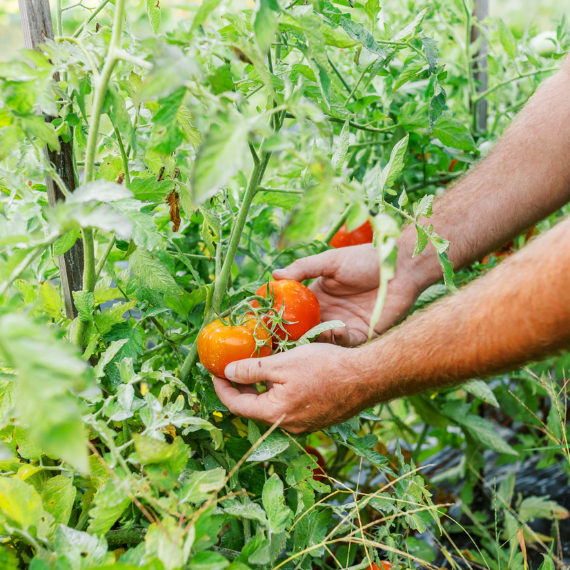
What’s more “summer” than tomatoes from the garden? Or, in Palmetto Bluff’s case–tomatoes from The Farm? We asked our newest addition to the Palmetto Bluff Club’s culinary team, Chef Beth, to share a classic summer staple from her library of recipes: Fattouche...
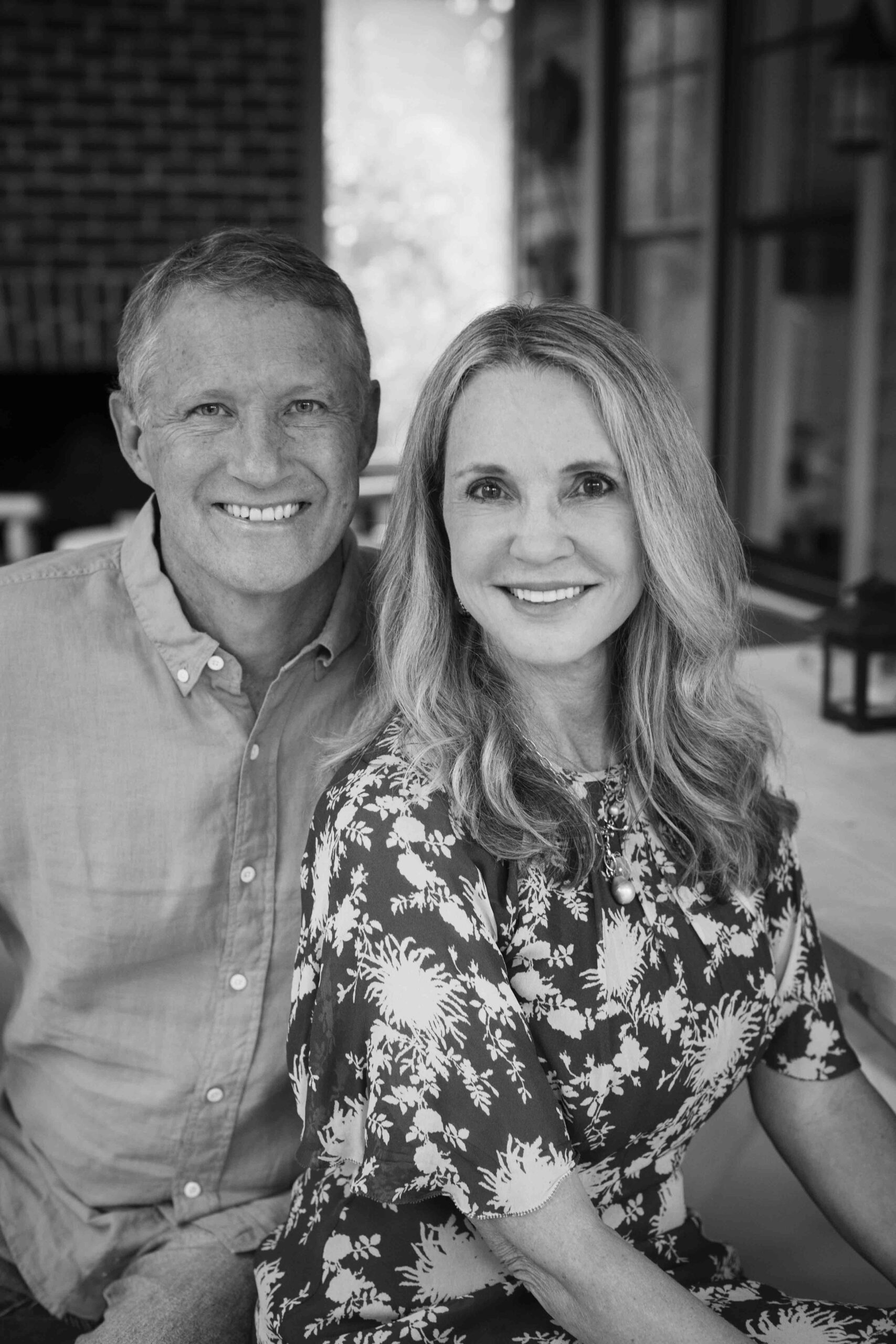
How did you two meet? Patti: We actually met in college but never dated. We went to Auburn University and both moved to Atlanta after graduation. He was in graduate school at Emory, and I worked as a nurse at Emory’s Children’s Hospital. Pat: Our friend grou...
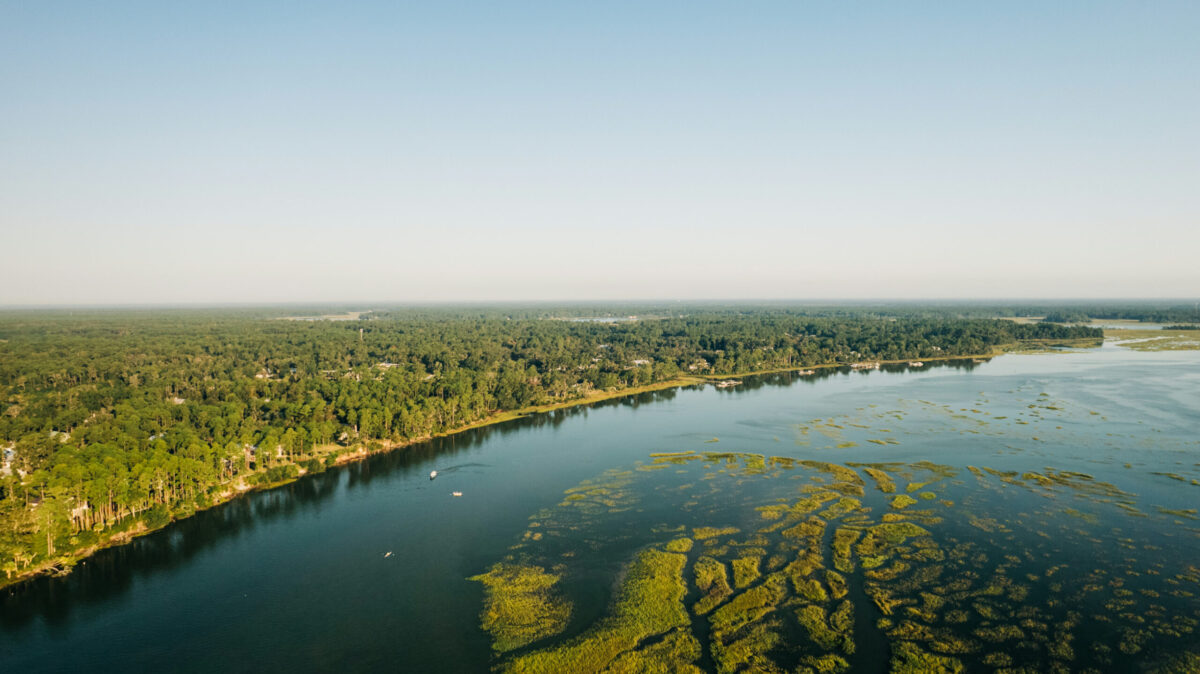
Boat The Bluff: South Carolina Waterways Imagine gliding through serene, glassy waters surrounded by lush marshlands and maritime forests. Welcome to Palmetto Bluff, South Carolina—a paradise for nature enthusiasts, water sports aficionados, and anyone seekin...
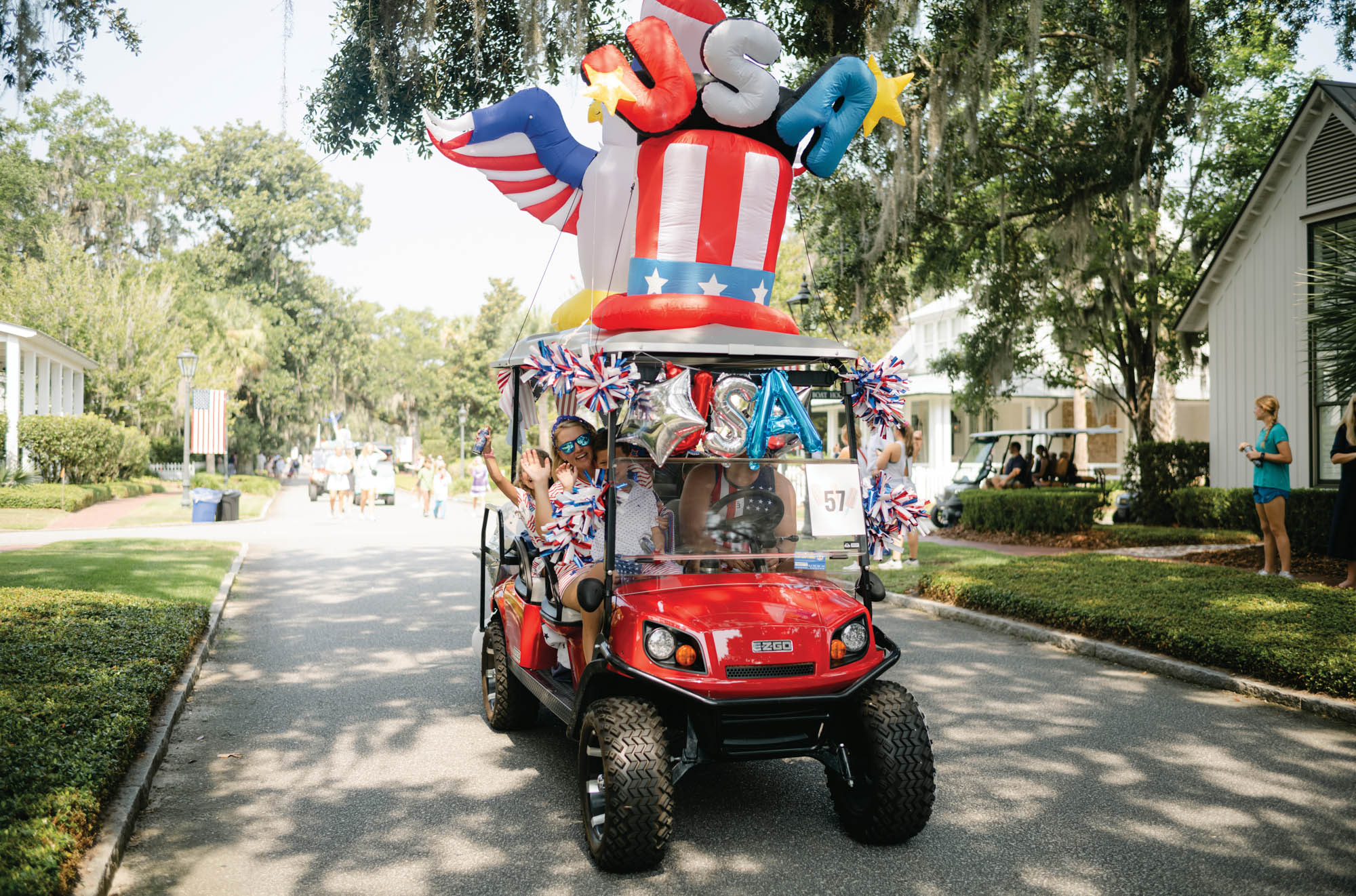
Photography by Charlotte Zacharkiw The fourth of July is the highlight of the Palmetto Bluff calendar. Follow along with the Truslow family on this magical summer day. Neal and Lauren Truslow come to Palmetto Bluff as often as they can. Their kids...
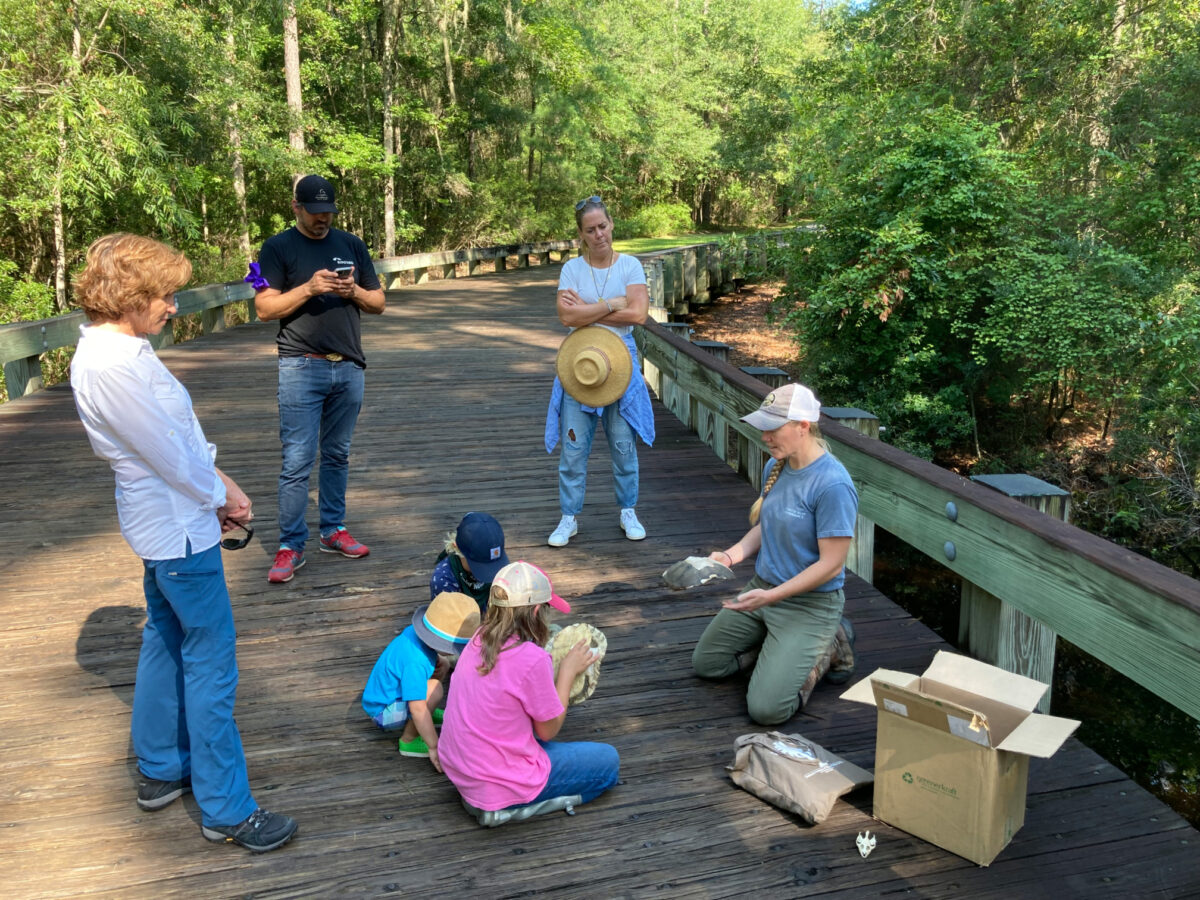
Protecting Nature and History at Palmetto Bluff In the heart of South Carolina's Lowcountry lies Palmetto Bluff, a sanctuary of natural beauty, rich history, and vibrant ecosystems. Since its establishment in 2003, the Palmetto Bluff Conservancy has been dedi...

Photography by Gately Williams Cruise Control Palmetto Bluff lies at the heart of the vast network of rivers and creeks that connect the South Carolina Lowcountry’s barrier islands. A stone’s throw from the notable cultural and historic hubs of Savannah, B...
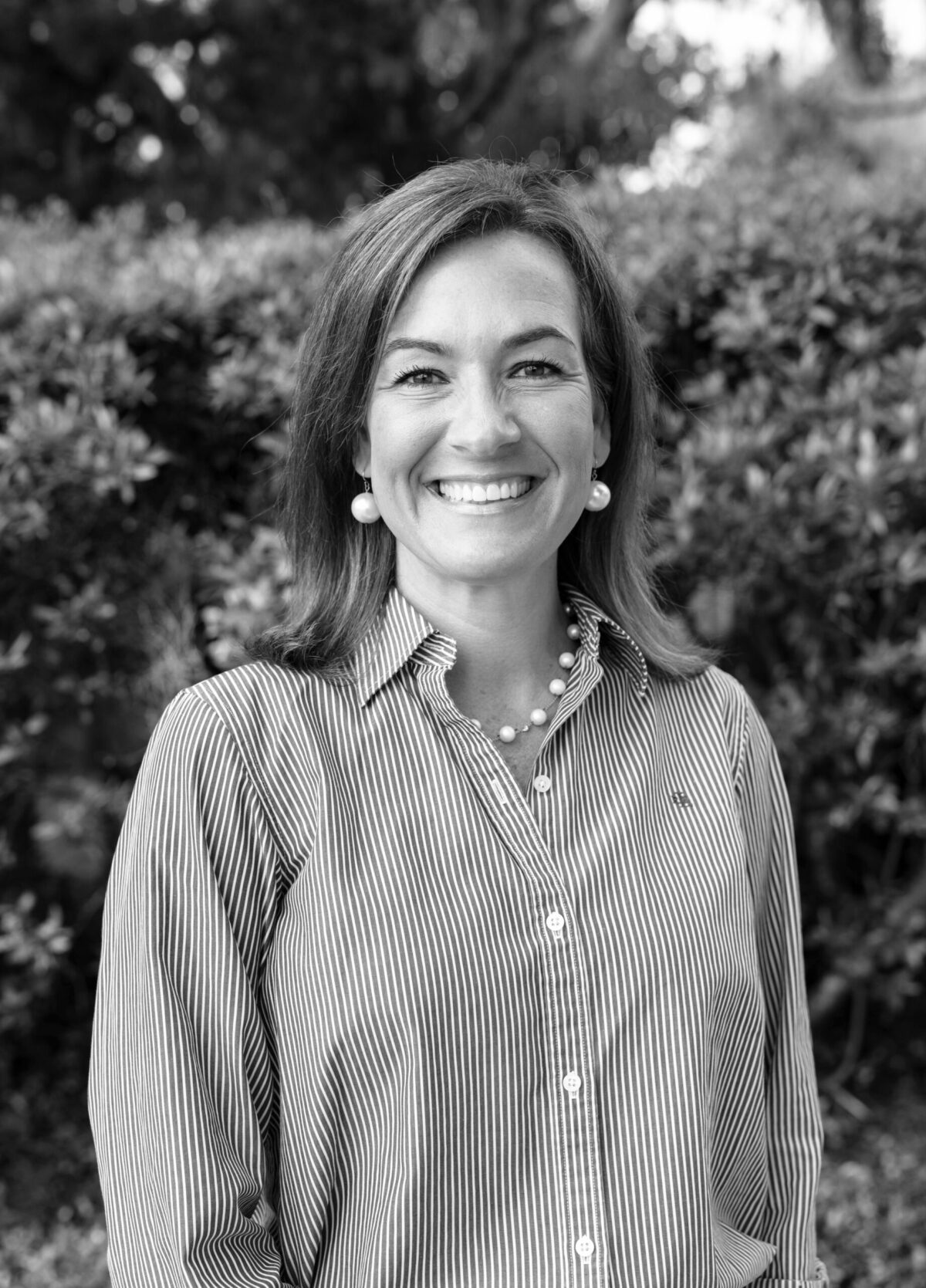
Tracy’s Journey to Palmetto Bluff Real Estate Situated in the heart of Bluffton, South Carolina, Palmetto Bluff is more than just a community—it's a place of magic and wonder. For Tracy Schyberg, a dedicated sales executive with the Palmetto Bluff Real Estate...
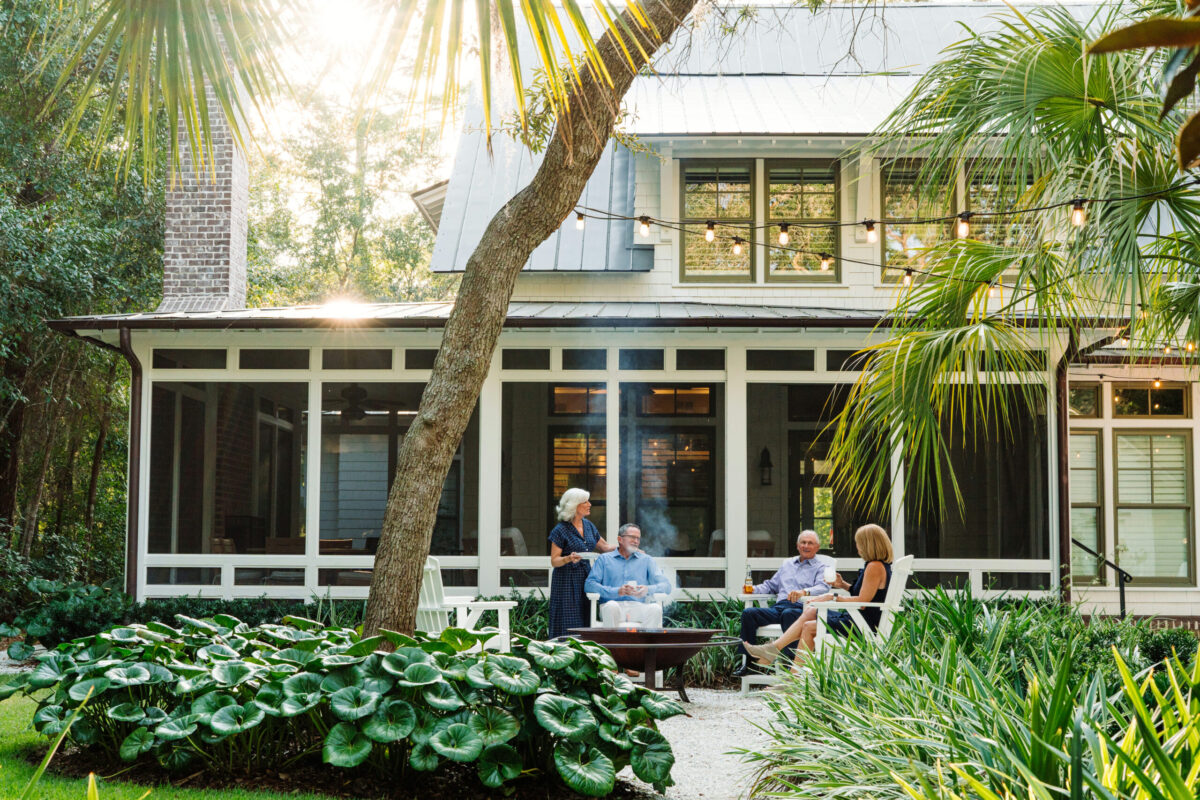
Enhancing Coastal Living With Lowcountry Landscaping Trends The Lowcountry lies along the southeastern coast of the United States, a region known for its breathtaking landscapes, rich history, and unique culture. From the charming streets of Charleston to the...
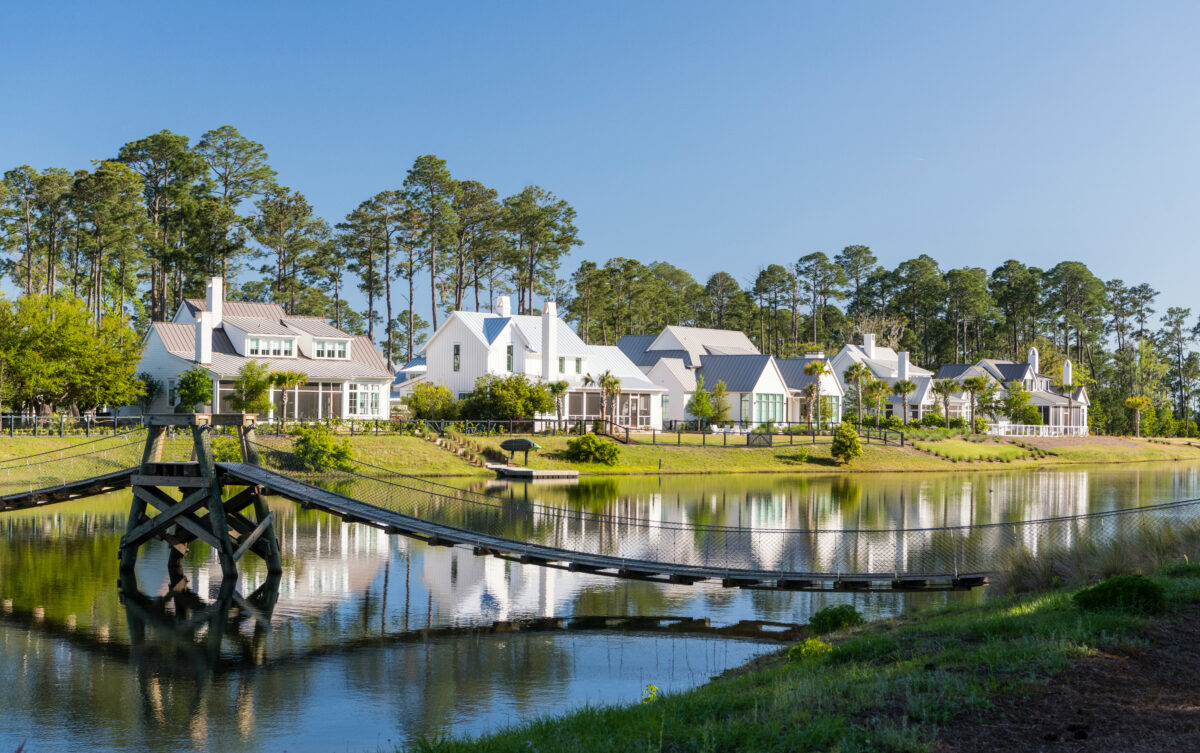
Palmetto Bluff Real Estate Available in Moreland Forest Nestled in the heart of the Lowcountry, Moreland Forest is a charming neighborhood known for its beautiful natural surroundings, Lowcountry architecture, and luxurious amenities. Within the lush forests ...
Learn about the Palmetto Bluff Conservancy and how we keep the vision of our land in place.
On land or water, there is an ever-evolving variety of activities.
We do not attempt to independently verify the currency, completeness, accuracy or authenticity of the data contained herein. All area measurements and calculations are approximate and should be independently verified. Data may be subject to transcription and transmission errors. Accordingly, the data is provided on an “as is” “as available” basis only and may not reflect all real estate activity in the market”. © [2023] REsides, Inc. All rights reserved. Certain information contained herein is derived from information, which is the licensed property of, and copyrighted by, REsides, Inc.